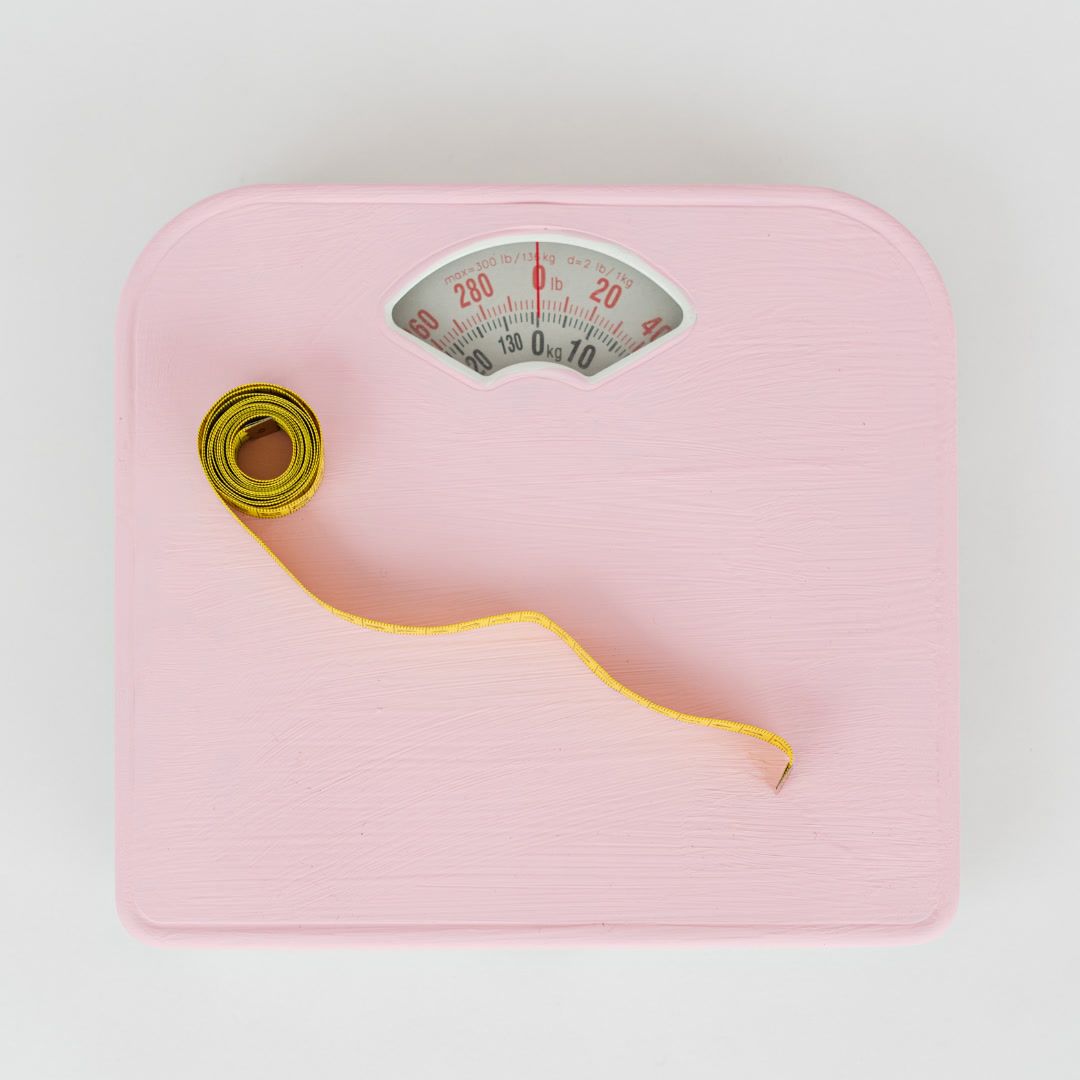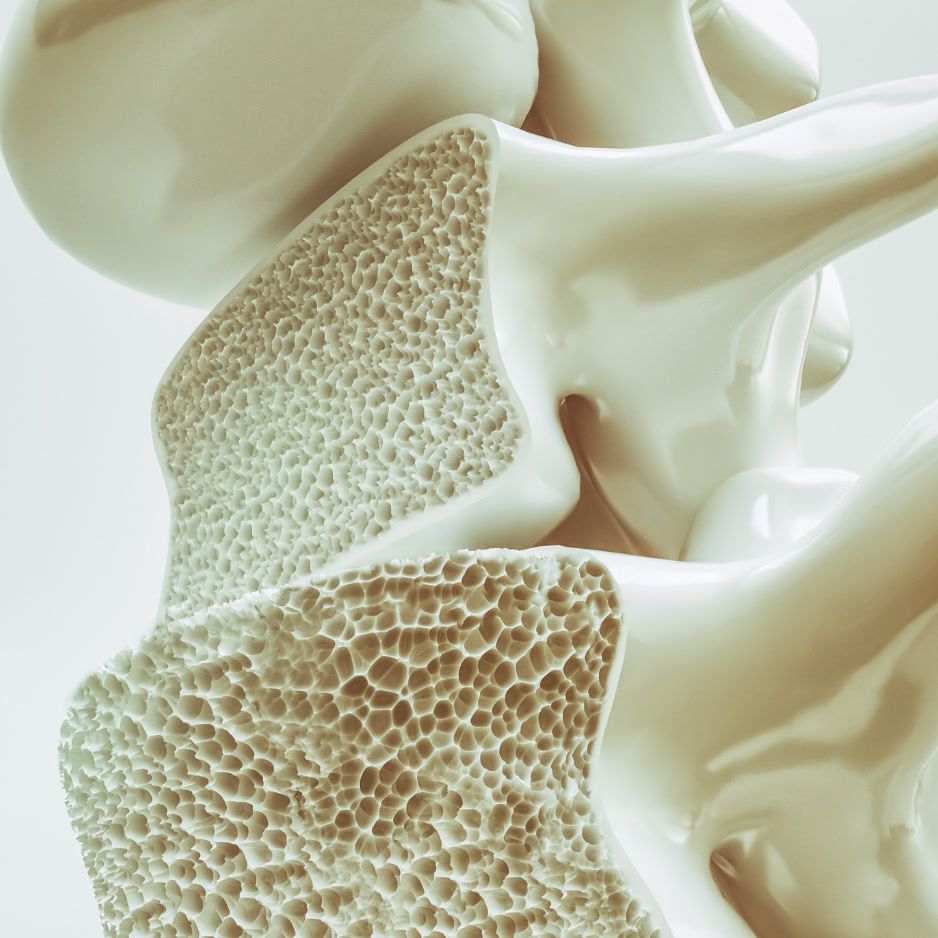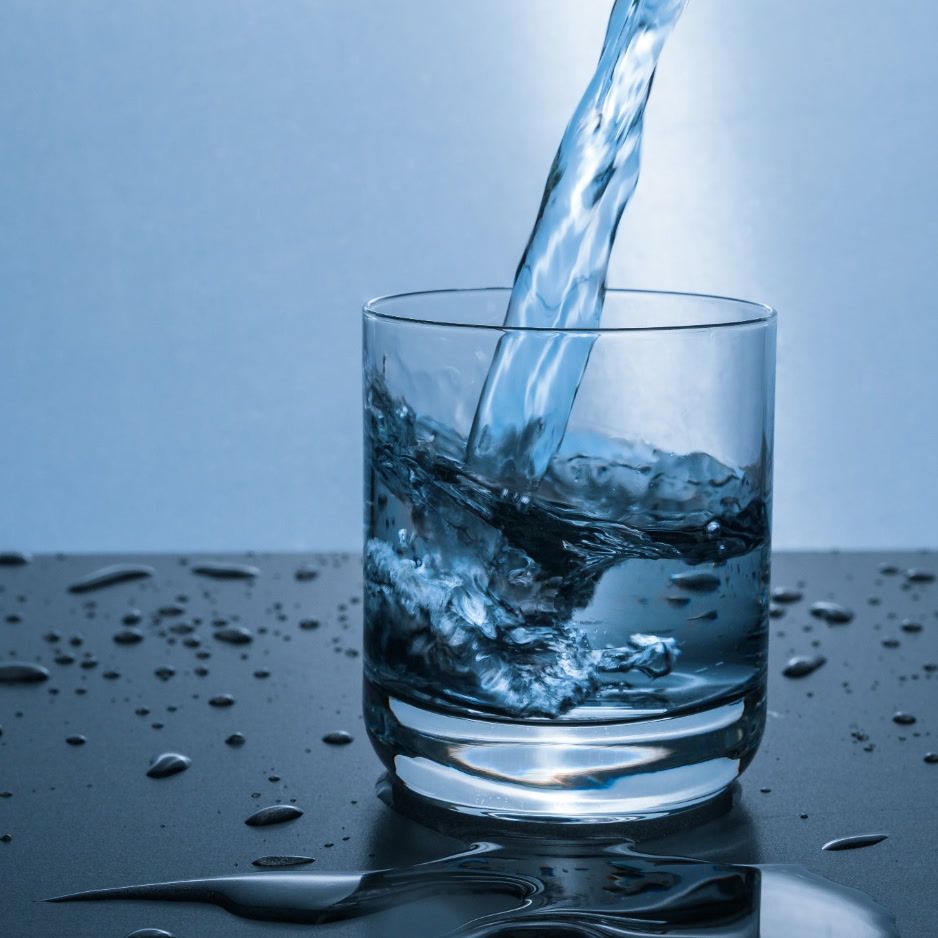All About the RMR Test

Resting Metabolic Rate (RMR): A Science-Backed Guide
Last updated July 2025
TL;DR
Your Resting Metabolic Rate (RMR) is the number of calories your body burns simply existing—breathing, pumping blood, and maintaining core body temperature. It typically makes up 60–75 % of your daily energy expenditure and is influenced most by how much lean mass you carry. You can estimate it with common formulas or measure it precisely with an indirect calorimetry test. Once you know your RMR, you can tailor nutrition and workouts to hit fat-loss, performance, or muscle-gain goals more efficiently.
Table of Contents
- RMR vs. BMR: What’s the Difference?
- Why RMR Matters
- How to Measure Your Resting Metabolic Rate Accurately
- Quick-Start RMR Calculator
- Popular RMR Formulas (Pros & Cons)
- 9 Evidence-Backed Ways to Increase Your RMR
- How to Use Your RMR to Reach Your Goals
- Frequently Asked Questions
RMR vs. BMR: What’s the Difference?
Most articles use basal and resting metabolic rate interchangeably, but they are measured under slightly different lab conditions:
| Metric | Lab Requirements | Typical Value* |
|---|---|---|
| Basal Metabolic Rate (BMR) | 12-hour fast, no exercise for 24 h, darkened room, after 8 h sleep | 5–10 % lower |
| Resting Metabolic Rate (RMR) | 4-hour fast, no strenuous exercise same day, relaxed seated position | 5–10 % higher |
Actual values vary with age, sex, lean mass, hormones, and genetics (NASM).
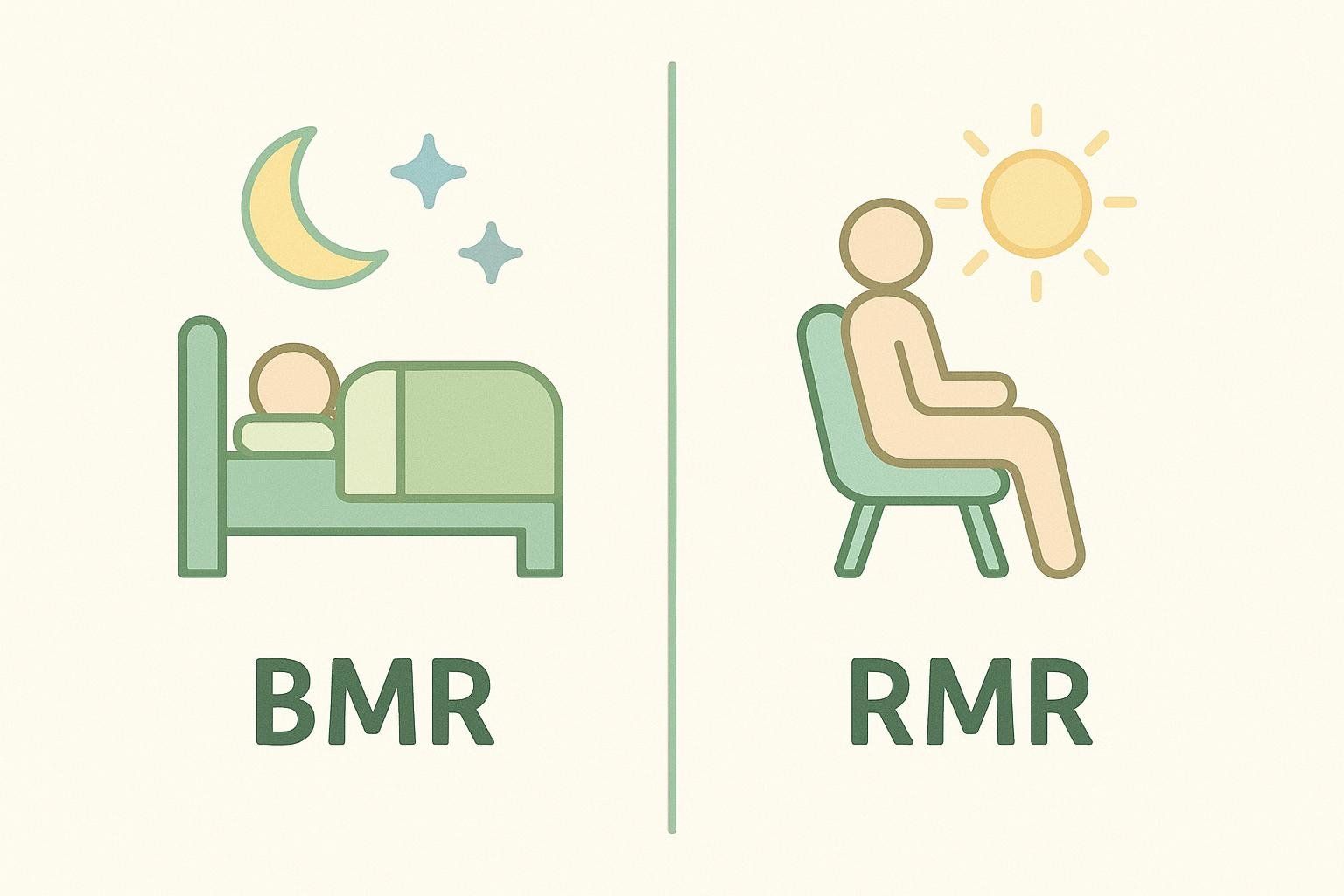
Because an RMR test is less restrictive, it’s more practical for clinics—and it is the number featured in most online calculators.
Why RMR Matters

- Establish a Calorie Baseline: RMR defines the starting point for your daily energy needs before accounting for digestion or movement.
- Improve Fat-Loss Precision: Knowing your RMR helps you set a more accurate calorie deficit. A 500-calorie deficit is a much larger percentage of total energy needs for someone with a low RMR versus a high one.
- Support Muscle-Gain Goals: Eating below your RMR for extended periods can undermine muscle-building progress, as detailed in our Metabolism 101 primer.
- Diagnose Plateaus: RMR tends to decline by approximately 2 % per decade after age 30 (NASM). Measuring it can help determine whether a metabolic slowdown contributes to a weight-loss stall.
- Flag Health Issues: An unusually low RMR relative to lean mass can indicate hormonal or thyroid dysfunction that merits medical follow-up.
How to Measure Your Resting Metabolic Rate Accurately
| Method | Accuracy | Cost | Process |
|---|---|---|---|
| Indirect Calorimetry | Gold-standard; studies show <5 % error vs. whole-room calorimetry | High | Breathe into a specialized device for about 10 minutes while it analyzes O₂ & CO₂ exchange. |
| Smart Watch or Scale Estimate | Typically 15–30 % error | Low to Moderate | Uses built-in formulas and user biometrics to generate an estimate. |
| Online Calculator | 10–20 % error | Free | Enter height, weight, age, and sex; equation outputs an estimate. |
Quick-Start RMR Calculator
Popular RMR Equations (Pros & Cons)
| Equation | Inputs | Best For | Typical Error Rate* |
|---|---|---|---|
| Harris-Benedict (Revised ’84) | Sex, Age, Weight, Height | General population | 9–21 % |
| Mifflin-St Jeor (1990) | Sex, Age, Weight, Height | Overweight/obese | 5–10 % |
| Katch-McArdle (1996) | Lean Body Mass | Athletes, high muscle | 3–8 % |
Average absolute error reported in a 2014 randomized trial on resistance training and RMR.
Takeaway: The more your equation accounts for lean mass, the closer you get to lab-grade accuracy.
9 Evidence-Backed Ways to Increase Your RMR
| Strategy | Why It Works | Practical Tip |
|---|---|---|
| Lift Heavy & Often | Each pound of new muscle burns roughly 6 extra calories per day. | Schedule 2–3 full-body strength sessions per week. |
| Eat Enough Protein | Protein’s thermic effect burns ~20–30 % of its calories during digestion. | Aim for 1.6–2.2 g protein/kg body weight. |
| Avoid Crash Diets | Very low-calorie intakes suppress thyroid hormones and lower RMR. | Keep fat-loss deficits ≤20 % of TDEE. |
| Use Caffeine Strategically | Caffeine raises metabolic rate 3–11 % for up to 3 h. | Take 100–200 mg about an hour pre-workout. |
| Prioritize Sleep | Chronic sleep restriction can lower RMR by 2–3 %. | Target 7–9 h with a consistent schedule. |
| Increase Daily Movement | NEAT can vary by > 2,000 kcal/day between individuals. | Walk 8–10 k steps and stand up hourly. |
| Leverage Temperature Stress | Acute cold exposure activates brown fat and increases energy expenditure. | Brief cold water immersion—such as ending a shower with a 30–60 second cold rinse—may stimulate this response. |
| Manage Stress | Chronic stress elevates cortisol, which is linked to reduced muscle mass. | Practice breathwork or short meditations. |
| Optimize Hormones | Thyroid hormones directly regulate basal metabolic rate. | Discuss routine lab work with your clinician. |
How to Use Your RMR to Reach Your Goals
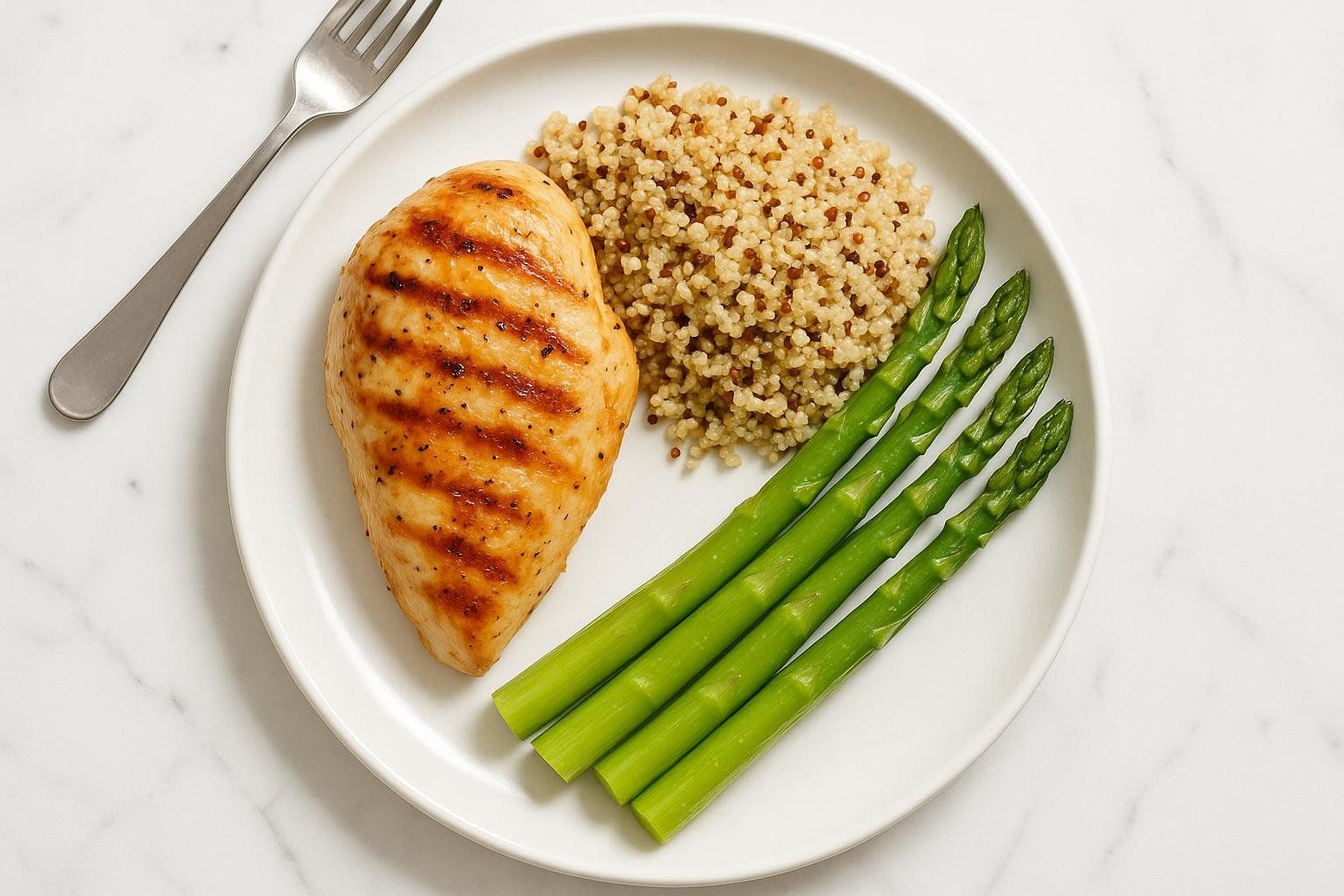
Follow this three-step framework to convert your RMR into actionable calorie targets:
-
Measure or calculate your RMR.
-
Estimate Total Daily Energy Expenditure (TDEE). Multiply RMR by a Physical Activity Level (PAL) factor:*
Lifestyle PAL Multiplier Sedentary (desk job, <3 k steps) 1.2 Lightly Active (desk + light exercise) 1.375 Moderately Active (3–4 gym sessions) 1.55 Very Active (daily training/manual labor) 1.725 Extra Active (twice-daily training) 1.9 -
Adjust for your goal.
- For fat-loss: Subtract 10–20 % from your TDEE.
- For maintenance: Eat at your TDEE.
- For muscle gain: Add 10–15 % to your TDEE.
*PAL categories derive from the FAO/WHO/UNU Human Energy Requirements report (2001, Table 5.1).
Frequently Asked Questions
Is a higher RMR always better?
A higher RMR allows more dietary flexibility, but context matters. Endurance athletes with very high RMRs can struggle to meet energy needs, whereas most individuals benefit from the metabolic buffer that extra lean mass provides.
Can supplements really boost RMR?
Most over-the-counter “metabolism boosters” rely on caffeine or capsaicin. Systematic reviews confirm their effects are generally modest and short-lived. Focus first on muscle, protein, movement, and sleep.
Does menopause lower RMR?
Yes. Longitudinal data show that the transition to menopause can reduce resting metabolic rate by about 100 kcal/day, primarily due to lean-mass loss. Regular strength training and adequate protein help blunt this decline.
How often should I test my RMR?
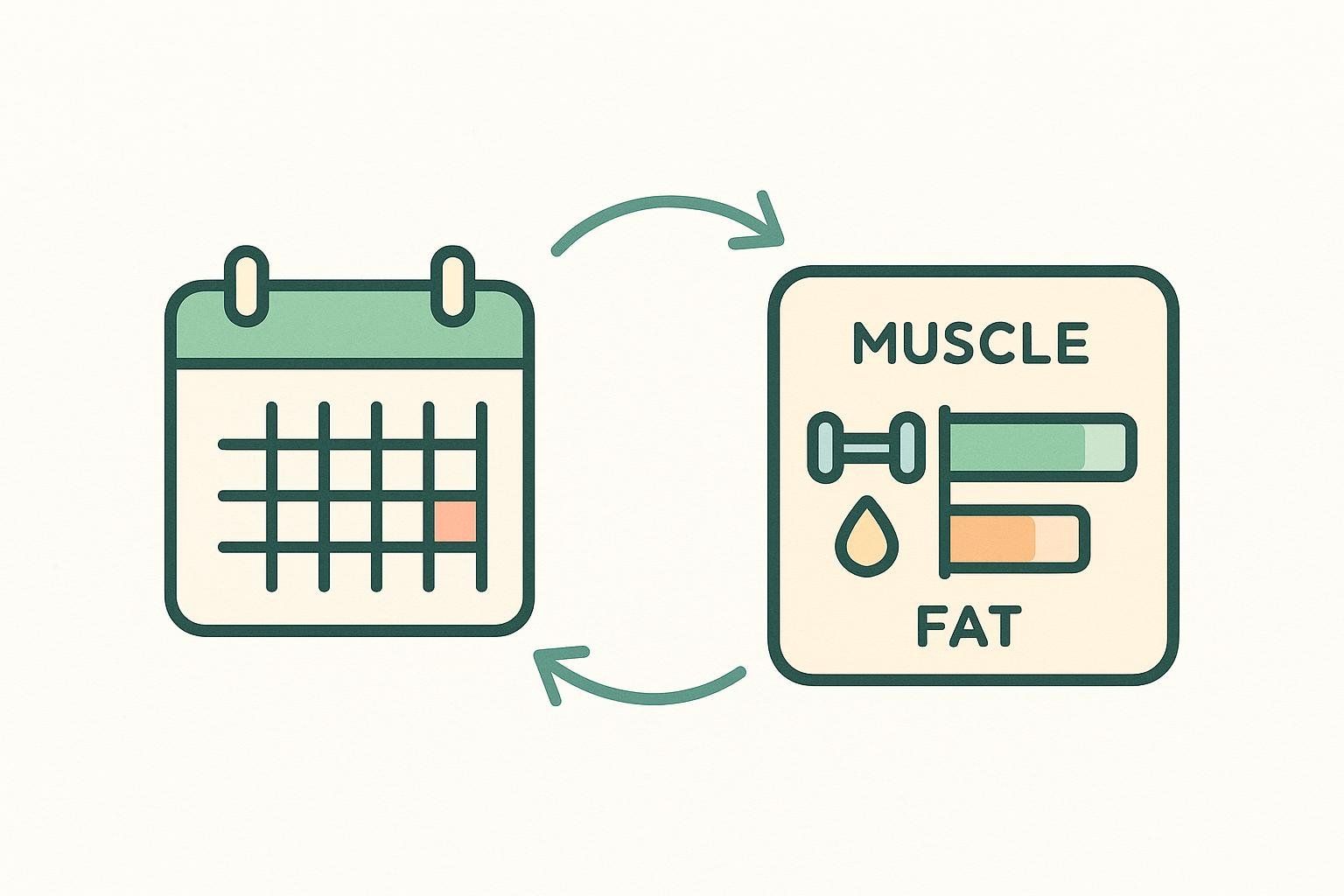
Every 3–6 months is sufficient unless you’ve made major lifestyle changes, such as significant weight loss, a new training cycle, or medication adjustments. Tracking your RMR alongside DEXA scan body-composition data provides a clear picture of muscle and fat trends over time.
The Bottom Line
RMR is the backbone of an evidence-based nutrition strategy. Whether you’re cutting fat, building muscle, or optimizing athletic performance, knowing—not guessing—your resting burn unlocks precision. Use the calculator above, then apply the action plan to put your data to work.
Disclaimer: This article is for educational purposes and is not a substitute for professional medical advice. Always consult a qualified healthcare provider before making major changes to your diet or exercise program.
